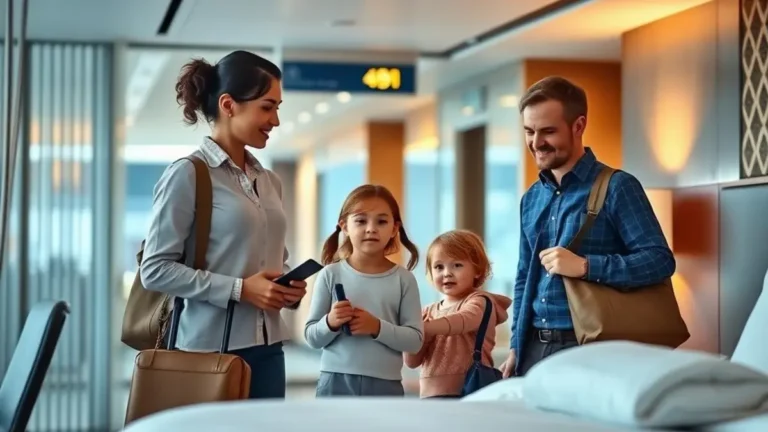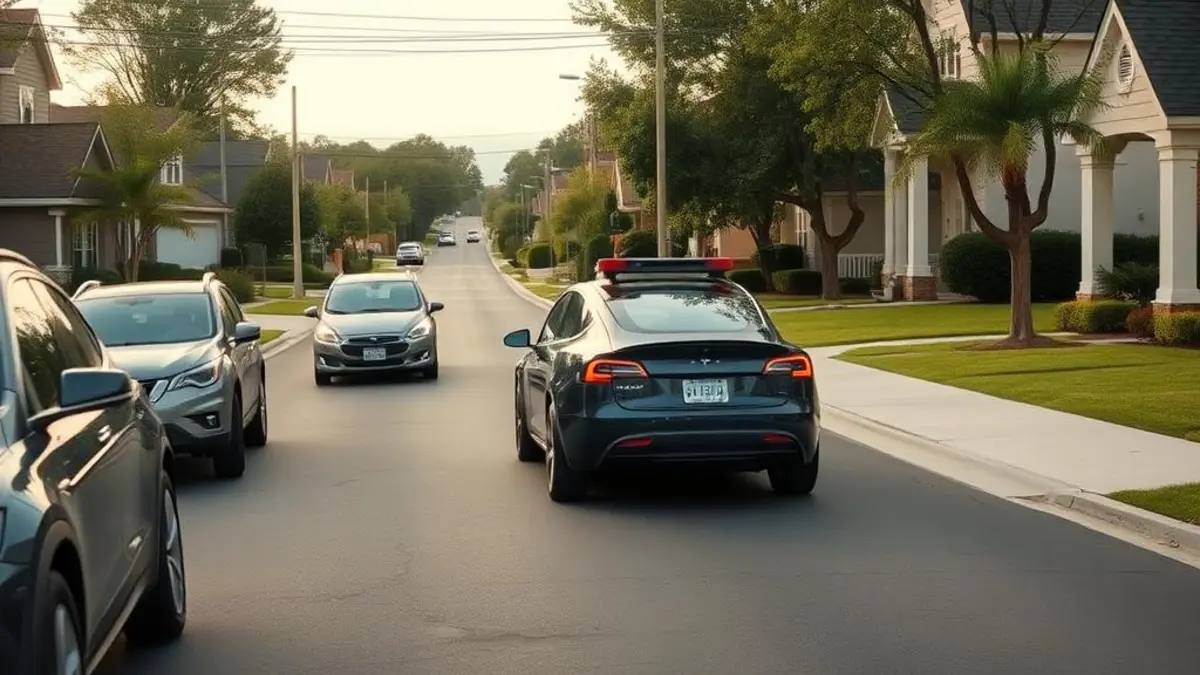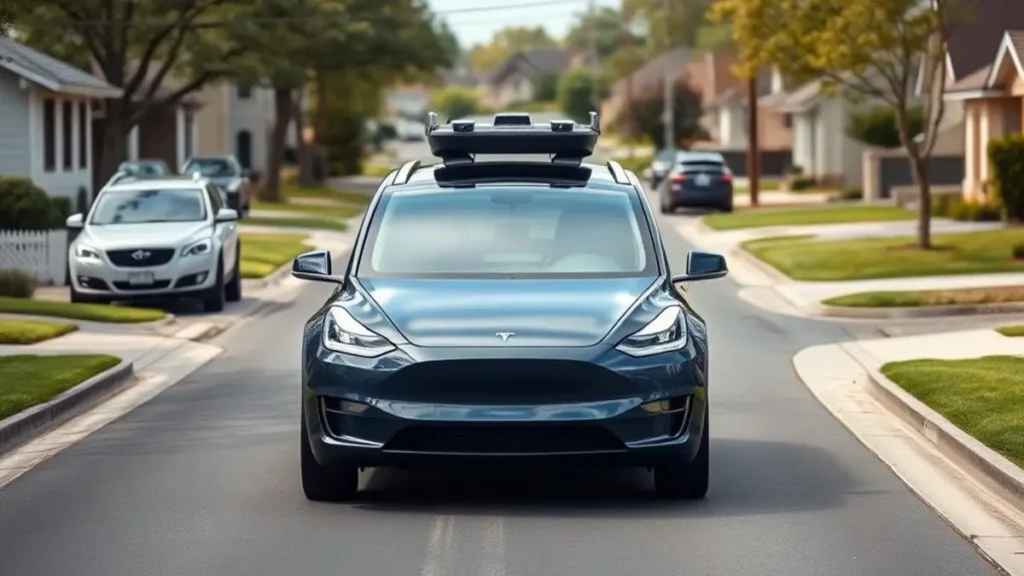

Estimated reading time: 7 minutes

Dreams of self-driving vehicles have captivated human imagination for decades, appearing in science fiction and futurists’ predictions.
Today, that once-distant fantasy has materialized into tangible reality through Tesla’s groundbreaking autonomous delivery system.
What began as Elon Musk’s ambitious vision has culminated in the world’s first fully autonomous factory-to-home vehicle delivery – a Tesla driving itself from production line to customer driveway without human intervention.
This Tesla autonomous delivery milestone doesn’t just represent technological achievement; it fundamentally transforms how we buy cars, revolutionizes transportation logistics, and brings us into a future where vehicles can navigate our world independently.
The first Tesla Model Y autonomous delivery marked a watershed moment in automotive history. This wasn’t merely a demonstration or controlled test – it represented a complete, real-world autonomous vehicle milestone:
This Tesla factory delivery system eliminated traditional transportation methods, with the vehicle essentially delivering itself. The Model Y traveled dozens of miles completely independently, showcasing the practical application of self-driving technology beyond passenger transportation.
The Tesla FSD technology powering this achievement combines several sophisticated components working in harmony:
Unlike competitors relying on expensive lidar (laser-based detection), Tesla’s vision-based approach uses cameras as the primary sensors, supported by radar and ultrasonic capabilities.
This enables the self-driving car delivery system to recognize traffic signals, pedestrians, other vehicles, and road markings while making complex decisions in unpredictable environments.
The software continuously improves through Tesla’s vast data collection network, with millions of Tesla vehicles on the road feeding information back to refine the autonomous systems. [Sources]
“Tesla’s vision-based approach uses cameras as the primary sensors, supported by radar and ultrasonic capabilities.”
Tesla’s breakthrough forces the entire automotive industry to accelerate their autonomous technology development or risk being left behind. This autonomous vehicle milestone creates several industry-wide ripple effects:

The concept of self-delivering cars challenges fundamental business models across the automotive ecosystem.
Companies that embrace this shift will thrive, while those clinging to traditional approaches may struggle to remain competitive in this rapidly evolving landscape. Could visionary dreams like this be the secret behind more innovations?
Read about dream influence in history here: https://etherealdreams.org/historical-dreams/historical-dreams-shaped-world/
Tesla autonomous delivery represents the beginning of a revolution in how vehicles reach consumers:
This transformation extends beyond Tesla. Within 5-10 years, factory-to-home autonomous delivery will likely become standard practice across multiple manufacturers, completely reshaping customer expectations and the car-buying experience.
To achieve a dream lifestyle that allows you to purchase innovative products like Tesla, consider exploring ways personal loans can play a role: https://etherealdreams.org/dream-lifestyle/how-personal-loans-can-help-you/
“Factory-to-home autonomous delivery will likely become standard practice across multiple manufacturers, completely reshaping customer expectations and the car-buying experience.”
[Source]
Despite this achievement, significant hurdles remain before self-driving car delivery becomes universal:
These obstacles will require ongoing technological refinement, public education, regulatory collaboration, and infrastructure investments before autonomous delivery reaches global scale.
These dreams may become reality with new reform. Check out the details here: https://etherealdreams.org/dream-lifestyle/the-american-dream-and-promise-act-2025/
The successful Tesla autonomous delivery represents more than a technological novelty—it signals the beginning of a transportation revolution. What once existed only in imagination now travels our streets, bringing itself to customers with unprecedented efficiency and convenience.
This milestone demonstrates how visionary dreams can materialize into practical reality, forever changing our relationship with vehicles.
As autonomous technology continues evolving, we stand at the threshold of a fundamentally transformed transportation landscape where cars become intelligent, independent entities capable of navigating our world without human guidance.
The future has arrived at our doorstep—literally—and it drove itself there. Now that this new technology is here, would you rate it on par of one of the most historical inventions?
Read about Elias Howe’s Dream About the Sewing Machine here: https://etherealdreams.org/historical-dreams/sewing-machine/ . Or another “driving” dream? Learn about what driving a new car in a dream means here: https://etherealdreams.org/specific-dream-interpretations/dream-of-driving-a-new-car/
Q: How does Tesla’s autonomous delivery system work?
A: The vehicle navigates from Tesla’s factory through public roads, handles complex traffic, and parks itself in the customer’s driveway without human intervention.
Q: What technology powers Tesla’s autonomous delivery?
A: Tesla’s FSD technology combines vision systems, neural networks, onboard computers, and navigation integration.
Q: What are the industry implications of this breakthrough?
A: Traditional manufacturers must increase R&D, supply chains evolve, dealership networks face disruption, and transportation companies must adapt.
Q: What are the challenges and roadblocks to universal self-driving delivery?
A: Regulatory frameworks, public trust, infrastructure limitations, and weather challenges remain significant hurdles.